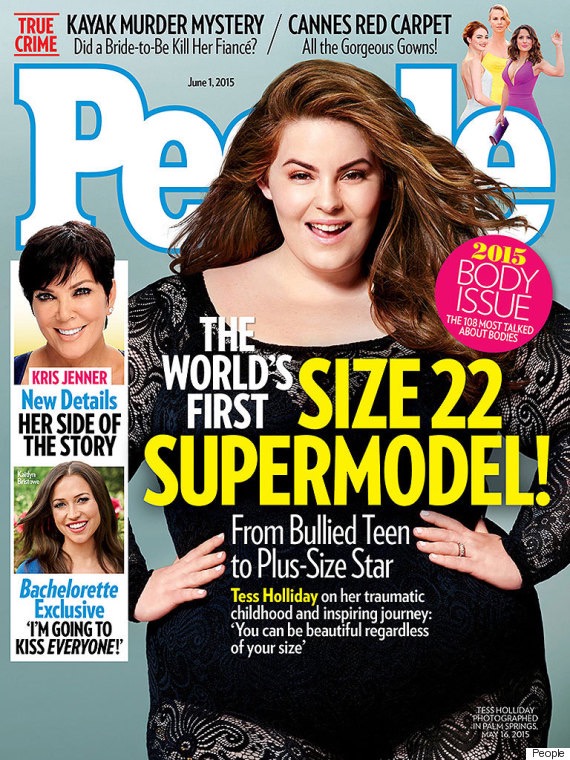

The tools you need to get a spa-like pedicure at home:
- Cuticle remover
- Cuticle pusher
- Cuticle nipper
- Nail clippers
- Nail file
- Nail polish remover
- Cotton balls or pads
- Base and top coat
Here is a step-by-step guide to get the perfect pedicure:
- Apply cuticle remover and allow it to sit for the time indicated on the packaging
- Using a cuticle pusher, push cuticles back away from the base of your toenails. Clean feet with your body wash or soap to wash away cuticle remover
- Use a cuticle nipper to very carefully remove any loose cuticle or hangnails. You don’t want to cut into your cuticles. Nicking this area can lead to infection.
- If necessary, trim nails down to a good length
- Use a nail file to smooth and shape your toenails
- Using a cotton ball or pad, wipe each toenail with nail polish remover to remove excess oils
- Next, apply a base coat to all toenails
- Add nail color, apply two coats
- Clean up, use a nail brush or an orangewood stick and polish remover to remove any polish slips
- Finish by applying a clear top coat to protect your work
To make your feet less rough/sough stick your feet in a tub of warm water for about 15 minutes. You can add a capful of distilled white vinegar and/or a few drops of tea tree oil if you’re concerned about fungal infections. For water retention or particularly achy feet, toss in a couple of tablespoons of Epsom salts. Next, to slough off the dead skin, gently dry your feet, then have at the bottom of your feet with a serious foot file. I recommend using a Ped Egg to get rid of the dead skin.
For applying polish to prevent chipping or smudging reapply a layer or clear topcoat every two to three days.
I recommend using two particular products to make your pedicure last longer:
- Lauren B. Gel-Like Top Coat gives you a long-lasting gleam without all the harmful chemicals
- Sally Hansen Vitamin E Nail & Cuticle Oil increases nail flexibility and helps softens nails










